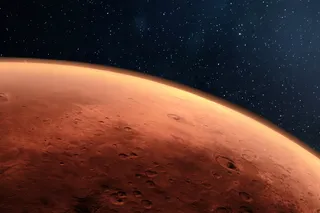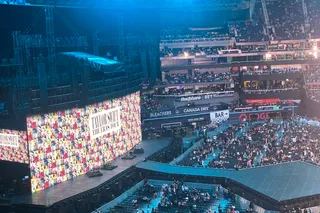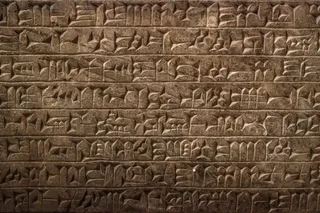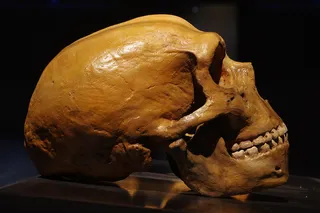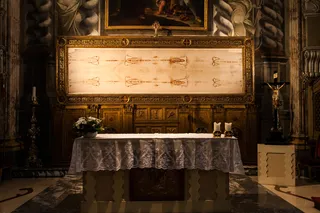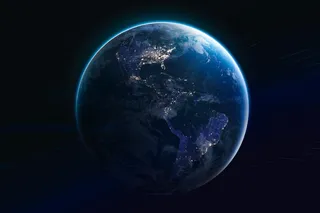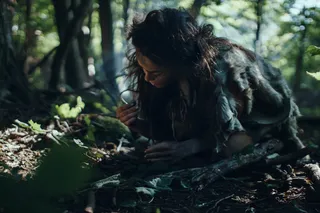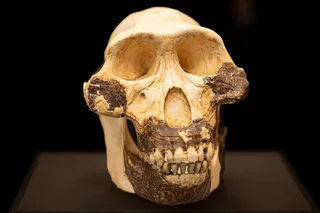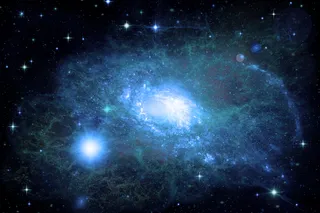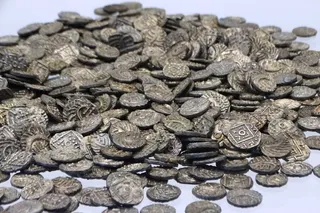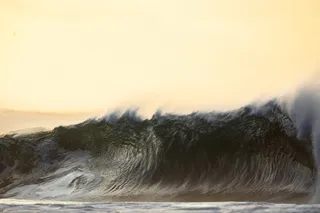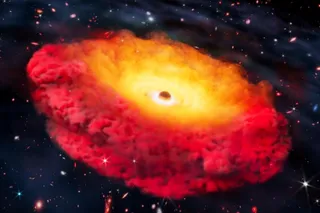The Palazzo Vecchio in Florence, Italy
What's the News: The walls of the Palazzo Vecchio
, the centuries-old seat of Florentine government, have doubtless housed many secrets over the years. Now, a physicist, a photographer, and a researcher who uses advanced technology to analyze art are teaming up to reveal one secret that may still linger there: a long-lost mural by Leonardo da Vinci, thought to be hidden behind a more recent fresco. The team plans to use specially designed cameras, based on nuclear physics, to peer behind the fresco and determine whether the da Vinci is actually there---and if so, to take a picture of it. What's the Context:
Leonardo began the mural, called “The Battle of Anghiari," in the early 1500s. While copies and historical mentions of it survive, the painting itself has not been seen for centuries.
Maurizio Seracini---an engineer by training who uses technology to examine, ...


